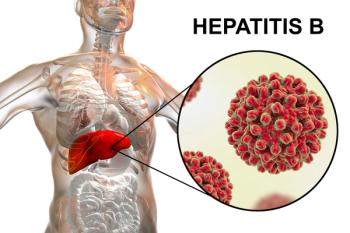
Outdated rules hamper proper Rx waste disposal
Disposing of hazardous pharmaceutical waste is nothing new for hospitals. However, the task has become more challenging in recent years due in part to a greater variety of toxic drugs that are being discarded.
The average hospital disposes of close to a million drugs and containers annually. They also face stricter oversight by federal and state agencies. More important, hospitals have to contend with scrutiny by the Joint Commission on Accreditation of Healthcare Organizations, which has its own set of standards regarding hazardous waste disposal.
Not complying with JCAHO's standards could impact a hospital's accreditation status.
"Pharmaceuticals in the environment are an emerging contaminant," said Charlotte Smith, R.Ph., president of PharmEcology Associates, a Brookfield, Wis., company that assists healthcare organizations in identifying and managing hazardous pharmaceutical waste. Smith pointed out that as baby boomers age, more people are using more drugs and waste-water treatment plants aren't very effective at removing them.
While each state has to enforce Environmental Protection Agency (EPA) regulations on hazardous waste, many hospitals have to comply with even stricter guidelines that are enforced by various state agencies. And as hospitals generate more and more hazardous pharmaceutical waste each year, the cost of disposal is climbing.
But part of the problem, said some experts, is that while the number of toxic drugs has increased, the 30-year-old EPA law that regulates them hasn't kept up. Only recently have enforcement efforts increased and, as a result, hospitals are getting caught off-guard because they don't completely understand the complicated regulations.
Another problem, said Smith, is that the existing regulations, which were designed for heavy industry, are difficult to apply to health care. "You've really got a regulation that doesn't fit well, a regulation that's not up to date, and a community that doesn't know there is a regulation," said Smith, adding that it's a "looming liability." Smith noted that her company is trying to delineate more clearly for interested parties what their responsibilities are.
The EPA regulations have not been updated in 30 years and therefore have not kept up with drug development, Smith continued. In addition, current waste streams encourage healthcare professionals to dispose of some drugs inappropriately.
"For 20 years we've had yellow containers that said 'chemotherapy waste.' We've been putting chemotherapy drugs in those containers because we thought it was the right place to put them, including the nine chemotherapy drugs that are officially regulated as hazardous waste," said Smith.
She went on to explain that what many hospital personnel don't understand is that the yellow containers containing trace chemo agents are going out the door to a regulated medical waste company that handles biohazardous waste. Items considered hazardous waste have to go to a federally permitted Resource Conservation and Recovery Act (RCRA) hazardous waste incinerator.
Smith noted that even though the nine chemotherapy drugs were listed in the code of federal regulations as hazardous waste, most hospitals were violating the law by not disposing of them properly.
But now that hospitals are starting to figure out that the nine drugs have to go to RCRA incinerators, then the issue becomes what should happen to the other 100 or so chemotherapy agents on the market. Should they be going to the RCRA facility too? The answer is yes, they should, but legally they don't have to unless required by the state, as is the case in Minnesota.
Newsletter
Pharmacy practice is always changing. Stay ahead of the curve with the Drug Topics newsletter and get the latest drug information, industry trends, and patient care tips.











































































































































































































